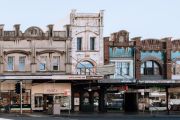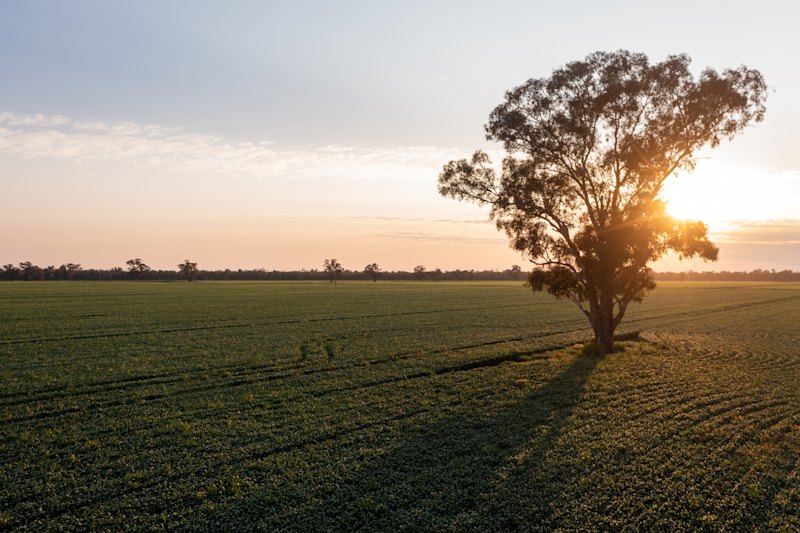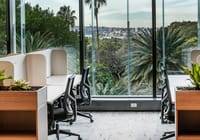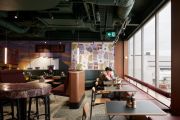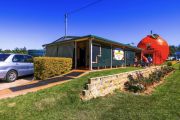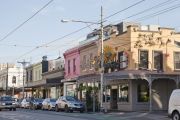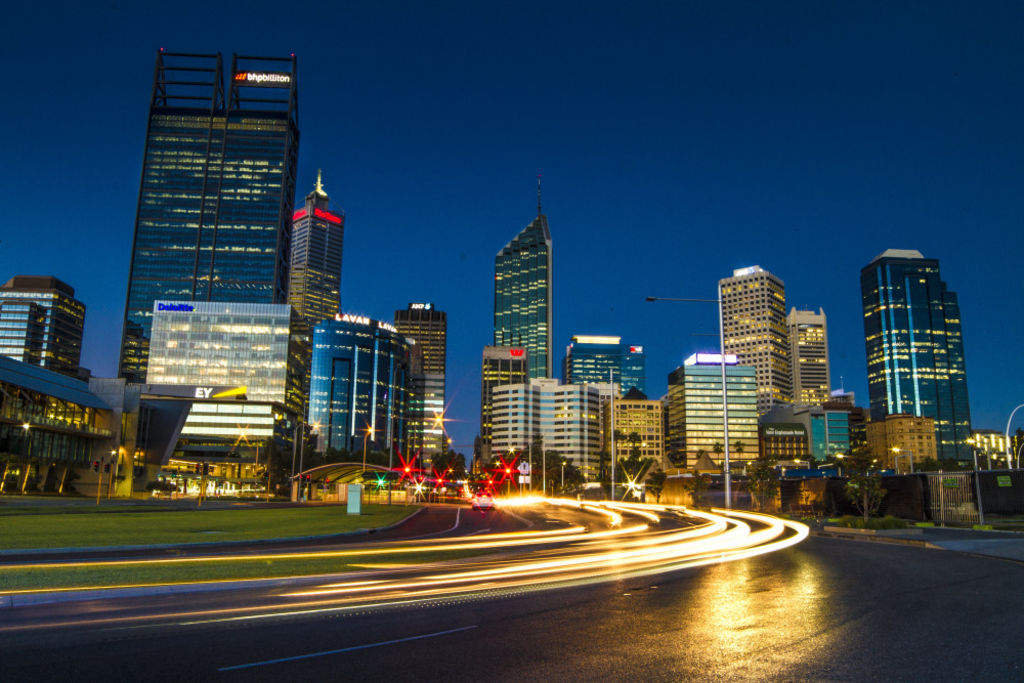
Demand is rising for premium office space in Perth CBD
A two-tier office market is dominating Perth’s CBD, with an increase in demand for premium office space and high vacancies for older, secondary offices.
Property Council of Australia WA executive director Lino Iacomella said the high demand for premium office space was due to a combination of a “flight to quality,” with tenants upgrading from older stock within the CBD and suburban locations, while a growing number of new industries, such as technology firms and businesses associated with the emerging resources industry, were establishing themselves in Perth.
“The flight to quality in the Perth CBD is also being accelerated by the large number of available new office buildings that were recently constructed,” he said.
“The challenge for secondary office markets, like B- and C-grade offices is to choose from upgrading an older building to retain and attract new tenants, or consider conversion to alternative uses or redevelopment.”
Knight Frank head of office leasing WA Greg McAlpine said the CBD market was slowly turning as tenants looked to expand, particularly off the back of growth in the resource and commodities sector.
“Numerous tenants are looking for short-term project space to meet growth requirements,” he said.
“Demand is definitely solidifying as the vacancy rate starts to fall.”
Savills’ Prime Full Floor Availability Report, which monitors premium and A-grade buildings on a floor-by-floor basis and identifies entire floors competing for tenants – now and in the future – has revealed the number of full floors available has fallen from 169 in March 2017 to 148 in March 2018, following a peak of 180 floors in July-August 2016.
“The last time the market saw this level of prime full-floor availability was back in 2013,” Savills Australia research and consultancy associate director Katy Dean said.
“What’s more interesting is the take-up over the past 12 months, with the number of floors available declining by 21 since March 2017.
“A take up of 20-plus prime full floors in one year hasn’t been seen since 2011, when the market was reaching the peak of the mining boom,” Savills Australia research and consultancy associate director Katy Dean said.
Savills office leasing director Shelley Ritter said a continuation of a two-tiered market was likely, with premium and A-grade space pulling further away from secondary, particularly in the west and mid-CBD locales.
“Tenant inquiry levels have improved and effective rents are likely to increase modestly in the short to medium term,” Ms Ritter said.
“Effective rental growth will also be assisted by limited new supply in the medium term, an upside that bodes well for landlords looking to capitalise on rising activity in the resource sector.”
Colliers International office leasing associate director Dustin May said according to the Property Council of Australia’s February snapshot of the office market, the vacancy in the premium sector was 6.3 per cent.
“As well as new demand for space, some larger resource groups have also withdrawn premium-grade space from the sub-lease market and now plan to retain it for their own expansions,” he said.
“It’s important to note that a significant portion of the vacancy for premium office space at 240 St Georges Terrace (the Woodside Building) is under offer or has been leased.
“However, as the remainder of the vacant space fills, it will leave backfill space in the CBD.
“This leaves the focus for the next two years on the leasing of A- and B-grade office space in the CBD.”
Mr May said he expected demand would filter down to the city’s A-grade buildings and as 2018 unfolded, a reasonable amount of space absorption would take place with traces of absorption in better quality B-grade buildings would occur.
He said the outlook for B-grade office buildings was less clear.
“While a lot of the city’s B-grade buildings have been renovated and now present quite well, those that have not been upgraded are likely to confront the double blow of losing tenants and then struggling to attract new ones,” he said.
“Since the start of 2018, we’ve seen a big increase in engineers, business services and legal tenants who have outgrown serviced office accommodation in the CBD and who are relocating into 100 to 300-square-metre offices so they can establish a permanent base and start building their businesses.”
CBRE office advisory and transaction services office leasing senior director Andrew Denny said CBD net absorption for 2018 was forecast to reach 52,000 square metres – the highest total since 2012.
He said this was a huge difference from the average minus 21,000 square metre absorption Perth had experienced during the past five years.
“While this improved sentiment and positive net absorption has not yet translated to better terms for building owners, we can expect to see this in 2019-20 and the consensus is that incentive levels have now peaked,” he said.
“In the six months to January 2018, A-grade stock in the CBD fell slightly to 18 per cent, while B-grade vacancy rose to 31.1 per cent.
“Highlighting the flight to quality stock is the new Brookfield Place Tower 2 development, which was completed in September 2015 and is now 94 per cent leased.”

